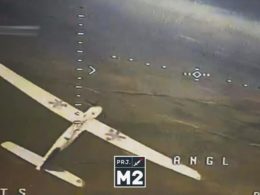Ukraine claims the first-ever combat use of an assault rifle-armed drone during an operation that destroyed a Russian armored column. The drone in question is the Queen of Hornets, the largest Ukrainian FPV drone capable of carrying a 9.5 kg payload.
This incident marks the further evolution of drone warfare in the Russo-Ukrainian war, where aerial, naval, and ground drones have been defining the outcome of battles while sparing the lives of personnel.
The Dyki Shershni ("Wild Hornets") kamikaze strike drone developer group reported about the incident on 23 November, stating that Ukrainian defense forces have successfully repelled a Russian assault near Velyka Novosilka in Donetsk oblast, utilizing a combination of conventional FPV drones and a newly developed drone platform equipped with an AK-74 assault rifle.
The first-ever combat deployment of a drone with a machine gun 🔥🐝
— Wild Hornets (@wilendhornets) November 23, 2024
Yesterday, the russians attempted to storm our positions near Velyka Novosilka. Their entire column of equipment was destroyed by drones, forcing their infantry to hide in the tree line. To clear out the… pic.twitter.com/WY19fZD712
The engagement began when Russian forces attempted to advance with armored vehicles and infantry in the Vremiivka sector. The Ukrainian Presidential Brigade named after Bohdan Khmelnytsky, specifically units including BULAVA, Khymery, Nova, and the 20th separate battalion, responded with coordinated drone strikes.
" the column was eliminated by kamikaze drones from the Wild Hornets team, while bombers and the Queen of Hornets equipped with a machine gun cleared out the infantry," the Wild Hornets, a Ukrainian organization focused on developing and deploying combat drones, reported. Following the initial engagement, Ukrainian forces deployed their new weapon system - the Queen of Hornets drone equipped with a 5.45mm AK-74 assault rifle.
Complete annihilation of an enemy assault column using FPV drones 🐝💥
— Wild Hornets (@wilendhornets) November 23, 2024
Over the past week, russian forces have been relentlessly attacking positions in the Vremivka direction. Our warriors have been dismantling column after column.
Yesterday, near Velyka Novosilka, an armored… pic.twitter.com/7UIjLb96Qo
The BULAVA unit, which developed and tested the armed drone modification, successfully employed the platform to engage Russian infantry positions. Despite sustaining multiple bullet impacts during the operation, the drone maintained operational capability and demonstrated effective fire control, according to the Wild Hornets' battlefield report.
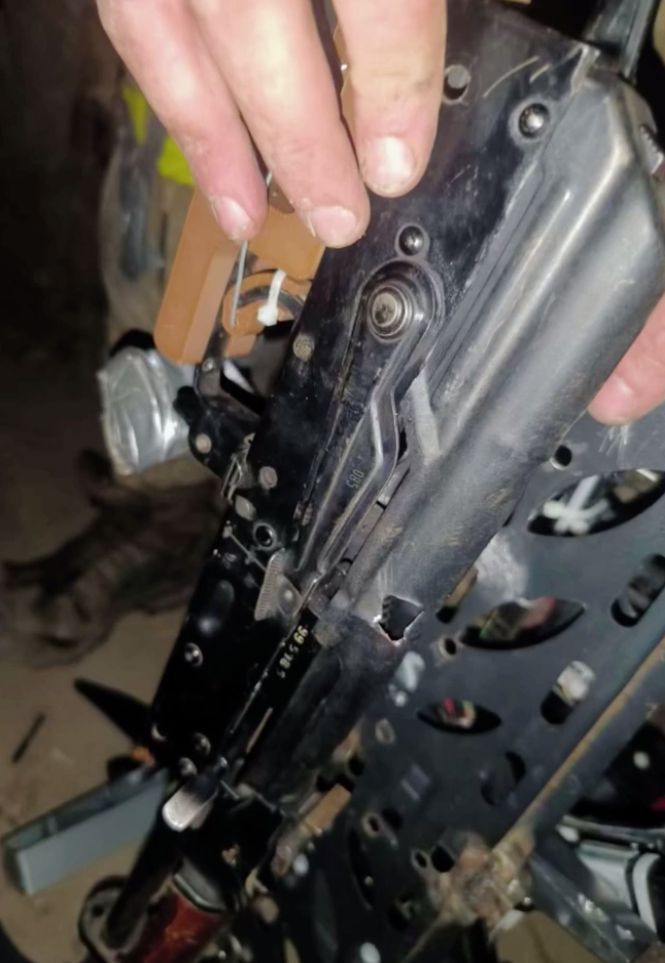
The Queen of Hornets: Ukraine's largest FPV drone
The Queen of Hornets represents a significant advancement in Ukraine's drone warfare capabilities. First publicly revealed in July 2024, this large First-Person View (FPV) drone was developed by the Wild Hornets volunteer organization in response to a specific battlefield request.
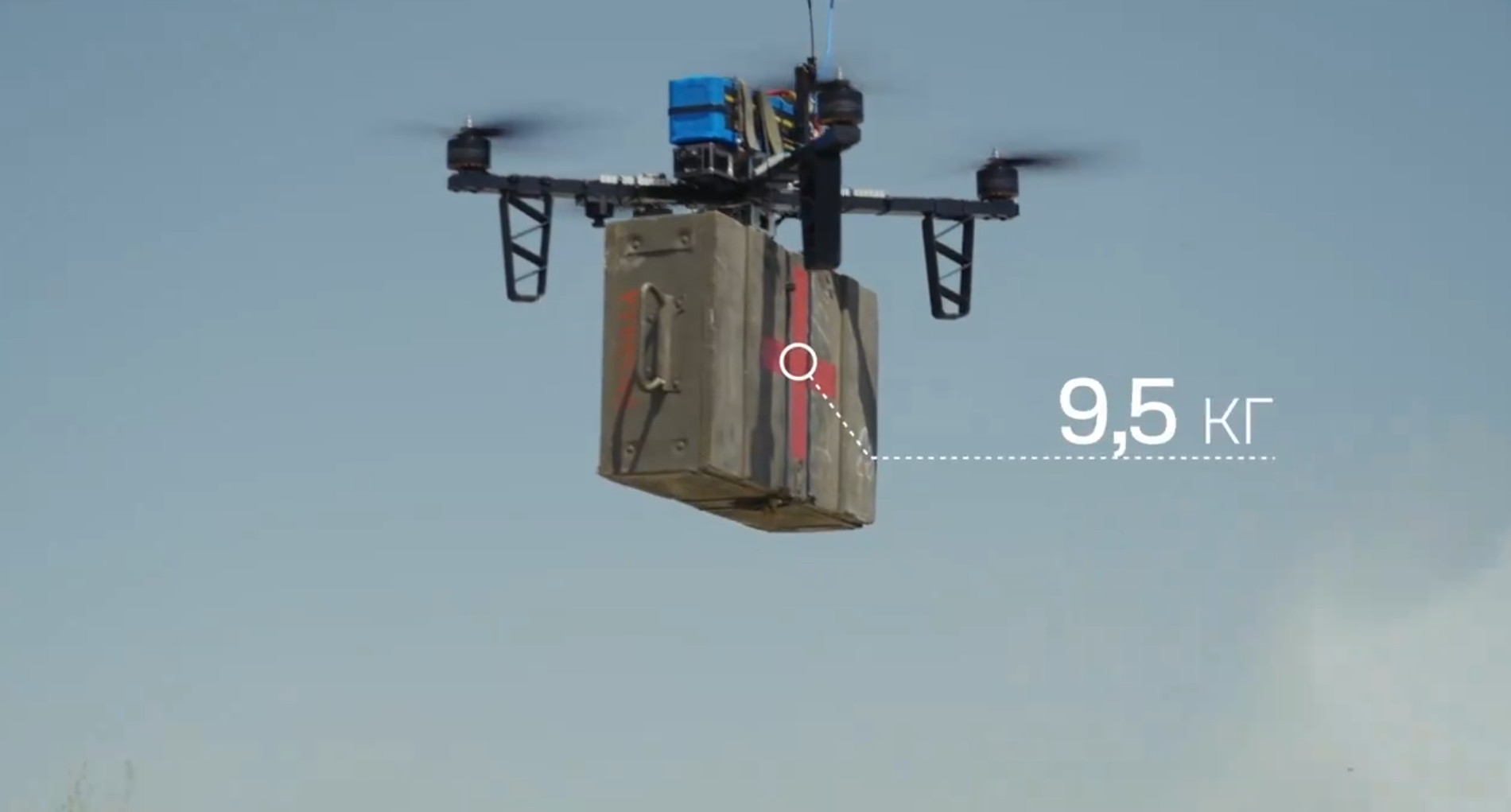
Built on a 15-inch (38 cm) frame, the Queen of Hornets can carry payloads of up to 9.5 kilograms and has demonstrated remarkable versatility in combat roles. The platform operates as a bomber, kamikaze drone, transport vehicle, and even functions as a signal relay extending operational ranges up to 25 kilometers.
What makes the Queen Hornet particularly notable is its cost-effectiveness - at approximately $1,000 per unit, it offers significant capabilities at a fraction of the cost of traditional military drones. The platform incorporates 65% locally manufactured components, including Ukrainian-made electronics developed during wartime by companies like Stellar.
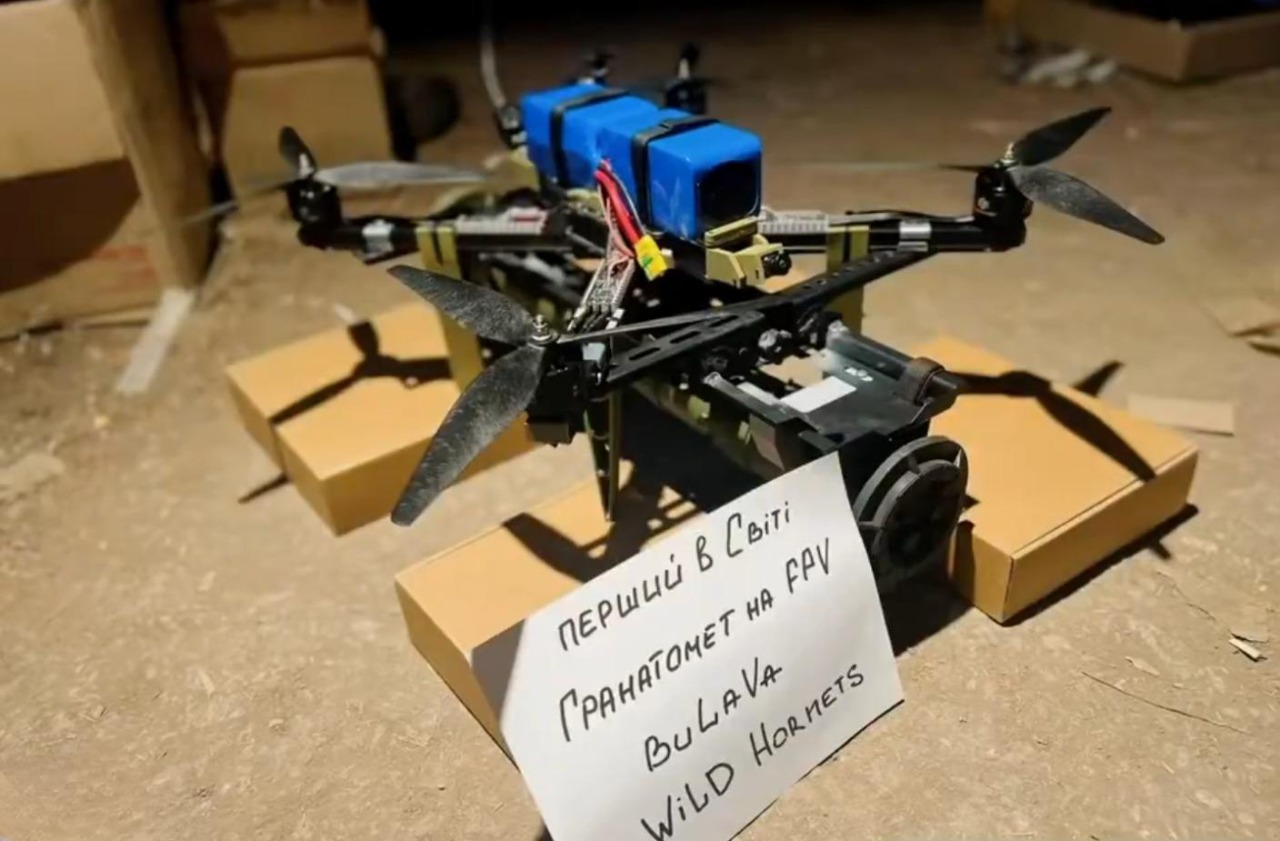
The drone's combat debut has showcased its adaptability through various weapons integrations. The BULAVA unit of Ukraine's Presidential Brigade successfully tested the platform with an anti-personnel grenade launcher in September and an anti-tank grenade launcher earlier this November.
Trending Now
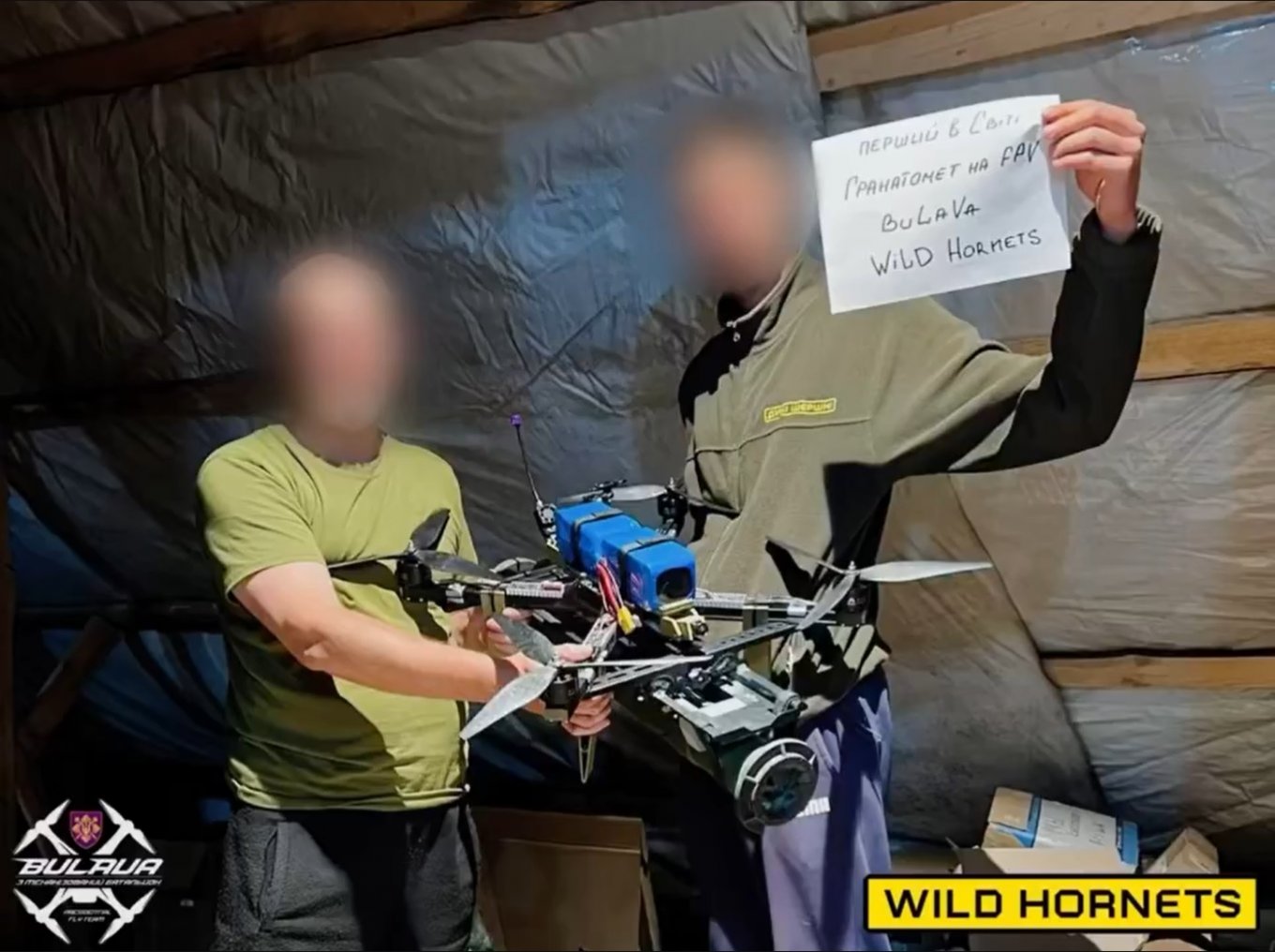
As of July 2024, over one hundred Queen of Hornets were already deployed in combat operations, with an equal number in production. The manufacturers have announced development of an enhanced version that will feature an innovative frame design, specialized communication tools, and increased payload capacity.
Other Ukrainian units have explored similar concepts, including mounting PKM machine guns on DJI Agras T30 drones.

Wild Hornets: from combat drones to air defense
The Wild Hornets volunteer organization has demonstrated significant innovation beyond the Queen Hornet platform. In September 2024, the group achieved a breakthrough in interceptor drone technology, developing an FPV drone capable of reaching speeds up to 325 km/h - crucial for intercepting Russian reconnaissance drones like the Orlan-10, which operates at 110-150 km/h.
This development addresses a critical battlefield challenge: Russian reconnaissance drones like the Orlan, ZALA, and Supercam have been enabling guided missile strikes deep behind Ukrainian lines, targeting valuable Western-supplied equipment and military installations. These Russian drones, operating at altitudes of 4-5 kilometers, typically prove difficult to counter with conventional MANPADS like Stinger missiles.
The Wild Hornet's air defense capabilities have shown notable results, with 1,000 air defense FPV drones delivered to Ukrainian forces successfully downing more than 200 enemy reconnaissance drones over a three-month period. This achievement represents a cost-effective solution, as FPV drones costing around $500 can potentially neutralize Russian reconnaissance platforms valued at $80,000-200,000.
Related:
- Ukrainian experimental interceptor drone hits 325 km/h
- Drone dogfights: Ukraine’s novel strategy to counter Russian reconnaissance UAVs
- Inside Ukraine’s secret FPV drone labs racing to stay ahead of Russia
- Inside Ukraine’s campaign to crush Russia with combat drones




